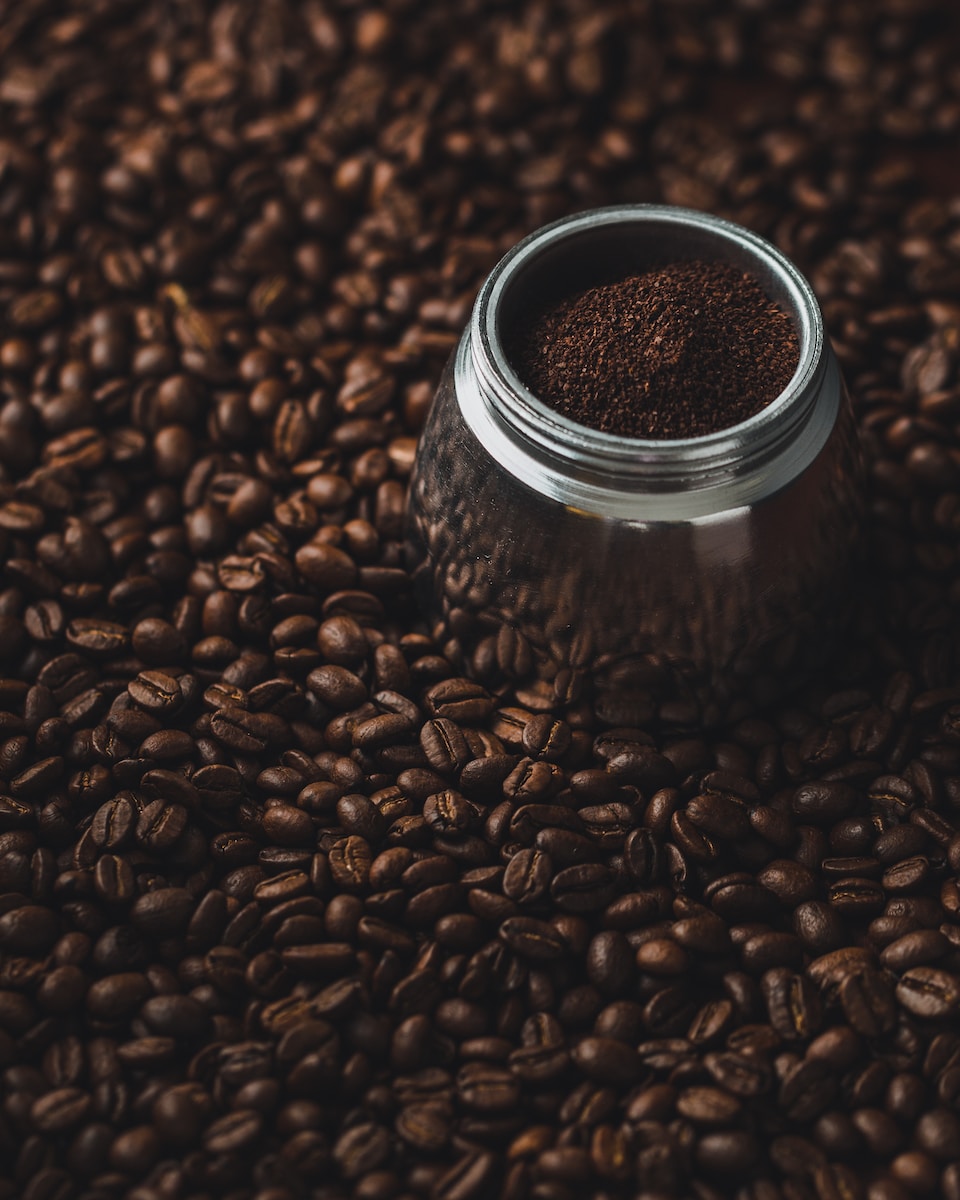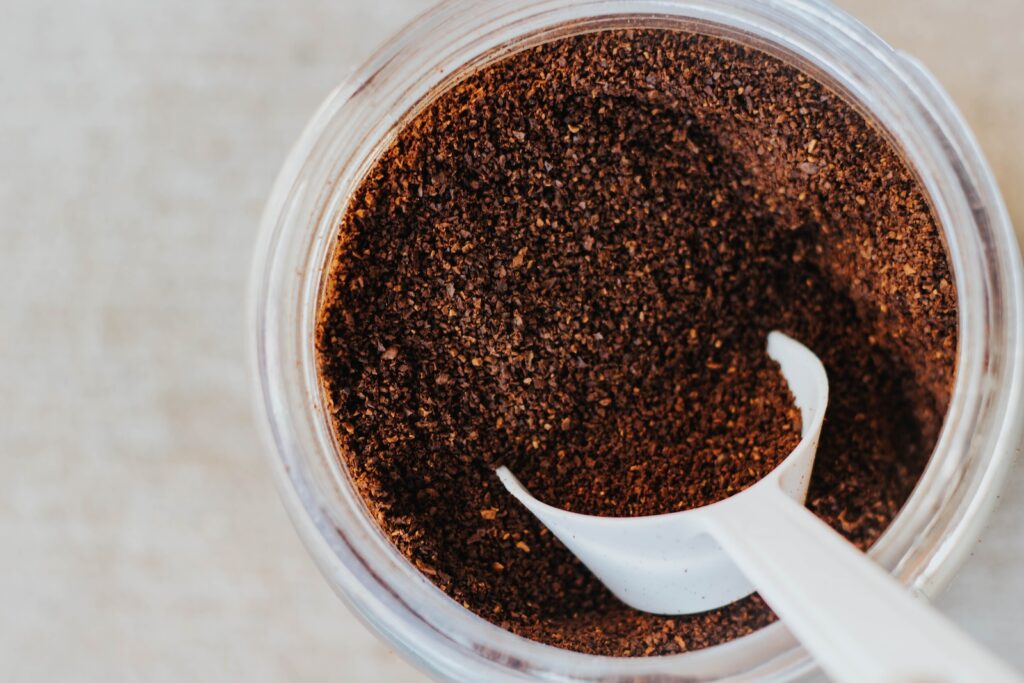Coffee Grounds Divination: Unlocking the Secrets

Coffee enthusiasts around the world have long enjoyed the ritual of brewing a fresh cup of coffee, savoring the rich aroma, and sipping the warm liquid. But did you know that your morning coffee can offer more than just a caffeine boost? Enter the fascinating world of tasseography, also known as coffee ground reading, where the patterns left behind in your coffee cup can reveal insights into your life and future. In this comprehensive guide, we’ll delve deep into the intriguing art of tasseography, its history, methods, and how you can try it for yourself.
What is Tasseography?
Tasseography, derived from the French word “tasse” (cup) and the Greek word “graphia” (writing), is a divination practice that involves interpreting patterns, symbols, and shapes formed by coffee grounds, tea leaves, or other sediment left at the bottom of a cup. It’s a blend of art, intuition, and symbolism that has been practiced for centuries in various cultures.
A Brief History of Tasseography
Tasseography has a rich history that spans across continents and centuries. It is believed to have originated in ancient China, where it was practiced using tea leaves. The art of reading coffee grounds, as we know it today, gained popularity in the Middle East during the 17th century and eventually made its way to Europe.
The Basics of Coffee Ground Reading
To begin your journey into tasseography, you’ll need a freshly brewed cup of coffee, preferably Turkish coffee, which has a thick and sediment-rich consistency. Here are the detailed steps to get started:
Step 1: Choose Your Coffee
Select high-quality coffee beans and grind them to a fine consistency. Turkish coffee is an excellent choice due to its unique texture.
Step 2: Brew Your Coffee
Brew your coffee as you normally would, but make it slightly stronger than usual. This will ensure that there are enough coffee grounds for reading.
Step 3: Enjoy Your Coffee
Savor the flavors of your coffee, allowing it to engage all your senses. This enhances your connection with the coffee and the reading process.
Step 4: Prepare Your Cup
Use a small, plain cup without any patterns or designs on the inside. This will make it easier to spot and interpret the coffee grounds.
Step 5: Pour Slowly
Pour the coffee slowly into your cup, ensuring that the grounds settle at the bottom.
Step 6: Swirl and Settle
Hold the cup in your non-dominant hand and swirl it gently three times in a clockwise direction. This action helps distribute the grounds on the sides of the cup.
Step 7: Invert the Cup
Quickly flip the cup upside down onto a saucer, allowing any remaining liquid and grounds to settle on the saucer’s surface.
Step 8: Interpret the Patterns
Now comes the exciting part! Examine the patterns and shapes left by the coffee grounds on the saucer. Look for symbols, figures, or images that catch your eye. These can vary from simple shapes like hearts and stars to more complex forms that may resemble objects or animals.

What Do the Symbols Mean?
Interpreting the symbols in tasseography can be highly subjective and intuitive. However, here’s an in-depth look at some common interpretations:
Hearts: Love and affection. A heart shape often indicates matters of the heart, such as romance or emotional connections.
Stars: Good luck and guidance. Seeing stars can suggest a positive turn of events or a guiding light in your life.
Circles: Completion or a continuous cycle. Circular shapes may represent the cyclical nature of life or the completion of a significant phase.
Snakes: Deception or danger. Snake-like patterns could signify potential deceit or a need to be cautious in a particular situation.
Trees: Growth and prosperity. Tree shapes often represent personal growth, abundance, and a flourishing life.
For more detailed interpretations and insights into specific symbols, you can refer to our crystal guide or explore ancient Illuminati symbolism.
Trying Tasseography Yourself
Tasseography is a personal and creative practice. There are no strict rules, and the meanings of symbols can vary from person to person. To get started, consider these additional tips:
- Trust your intuition: Your initial impressions are often the most meaningful. If you want to deepen your intuition, explore astral projection techniques to enhance your psychic abilities.
- Keep a journal: Record your readings and interpretations to track patterns and progress. This can be a valuable tool for self-discovery and reflection.
- Practice patience: Tasseography may take time to master, so enjoy the learning process. If you’re interested in other forms of divination, such as tarot reading, check out our best tarot sets review.
In Conclusion
Exploring the world of tasseography can add a touch of mysticism to your coffee routine. Whether you’re seeking guidance, looking for a unique form of self-expression, or simply intrigued by the idea, tasseography offers a captivating way to connect with your inner self and the world around you. It’s a journey filled with symbolism and self-discovery.

Frequently Asked Questions
1. Is tasseography a legitimate form of divination?
Tasseography, like other forms of divination, is a belief-based practice. Its legitimacy is subjective and depends on individual belief systems. For more insights into various divination practices, check out our universe secrets guide.
2. Can I use any type of coffee for tasseography?
While Turkish coffee is often preferred due to its thickness, you can experiment with other coffee varieties. The key is to have fine grounds that leave distinct patterns. If you’re interested in enhancing your spiritual practices, explore crystal pendulums for divination and guidance.
3. Are there any specific guidelines for interpreting symbols?
Interpretations can vary, but there are common themes associated with symbols. Trust your intuition and personal connection to the symbols you see. To gain a deeper understanding of symbolism, delve into our astrological guide on health and well-being.
4. Can tasseography predict the future?
Tasseography is not a definitive predictor of the future. It offers symbolic insights and can be a tool for self-reflection and contemplation. For a broader perspective on divination and self-discovery, consider exploring soulmate astrology.
5. How can I learn more about tasseography?
To deepen your understanding, consider reading books on the subject, attending workshops, or connecting with experienced tasseographers who can offer guidance and insights. For an in-depth exploration of divination tools, check out our oracle deck review.
